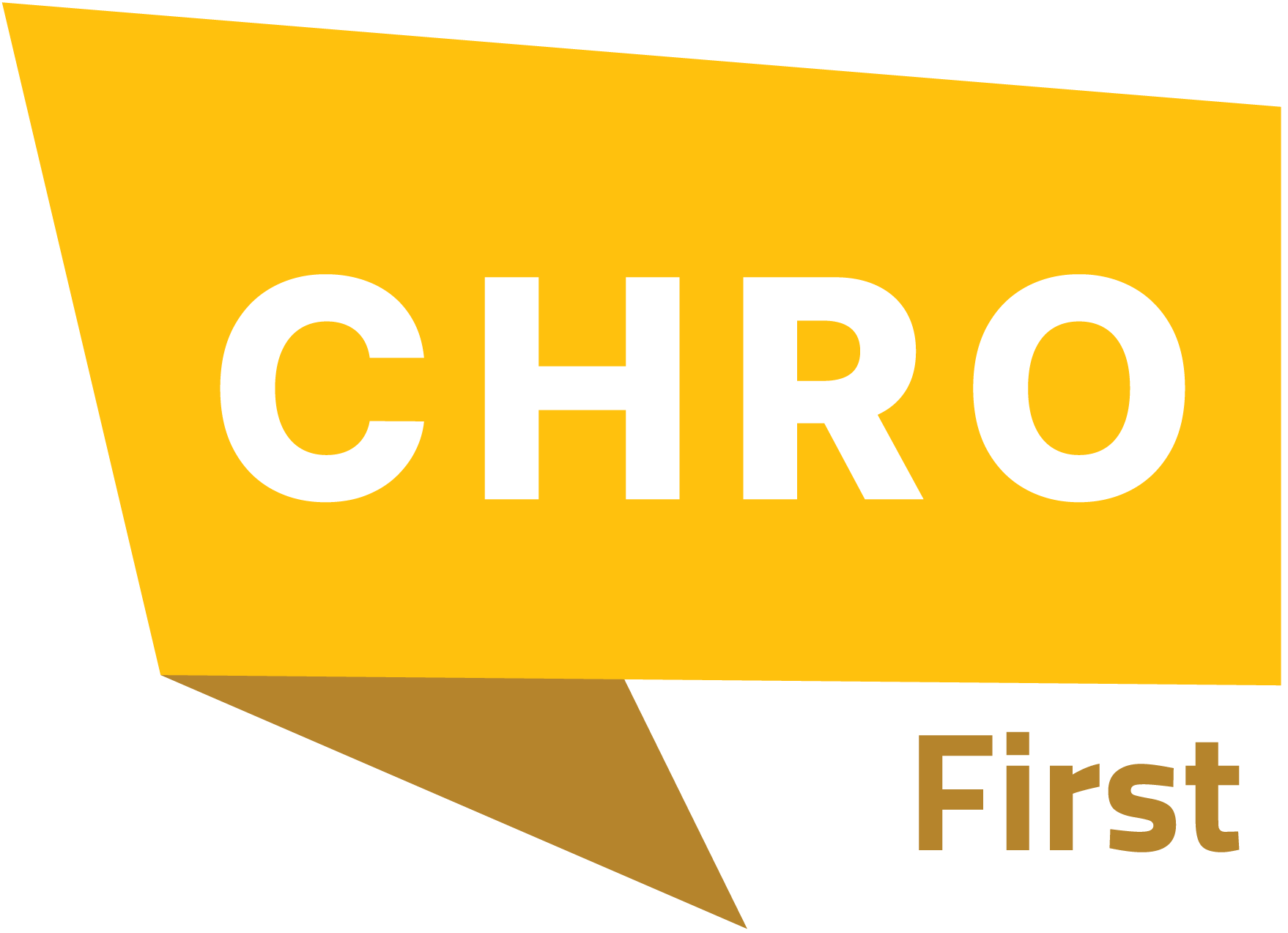In today’s fast-changing tech world, employee engagement is no longer just an HR issue. It has become a key focus for strategy. For Chief Human Resources Officers and leaders, the stakes are higher than ever. Disengaged employees cost companies billions annually in lost productivity, turnover, and missed opportunities. When engagement is a priority, the results change everything. It boosts innovation, customer satisfaction, and, in the end, profitability.
The challenge lies in quantifying this impact. Employee engagement ROI is different from traditional metrics like revenue growth. It’s often hard to measure. Instead, it’s part of the company culture. Organizations are changing due to hybrid work, generational shifts, and tough talent competition. So, it’s important to understand and boost ROI. It’s existential.
How Engagement Fuels Productivity
Productivity fuels every organization. However, many overlook its link to engagement. Engaged employees are not just happy in their jobs. They care deeply about the company’s mission. This emotional bond leads to extra effort. It means being ready to do more than just the basic tasks.
A global tech firm started a mentorship program. It pairs senior leaders with junior employees. In just one year, teams in the program finished more projects and made fewer mistakes. The reason? Mentees felt more linked to the company’s vision. Mentors gained new ideas that renewed their commitment. This symbiotic relationship underscores a critical truth: Engagement isn’t a one-way street. It thrives on mutual investment.
Research shows that engaged organizations do better than others in productivity. Engaged employees produce more than those who aren’t engaged. The difference comes from less absenteeism, better focus, and teamwork. People solve problems together rather than working alone.
Retention, Recruitment, and the Cost of Disengagement
Turnover is a silent profit-killer. Replacing an employee can cost between 50% to 200% of their annual salary, depending on the role’s seniority. This includes recruitment fees, training expenses, and the loss of valuable knowledge. But disengagement doesn’t just lead to resignations; it creates a ripple effect. Disengaged employees won’t promote their organization. Moreover, a study by McKinsey found that ‘more than half of employees in large organizations were disengaged,’ with 11% actively disengaged and likely to demoralize others. This weakens the employer brand and drives away top talent.
A mid-sized manufacturing company learned this the hard way. An internal survey showed that the engineering division faces high turnover. Many employees feel frustrated with slow career growth and unclear messages from leaders. The company revamped its promotion system and started quarterly ‘growth dialogues.’ As a result, it cut attrition by almost half in just eighteen months. The result wasn’t just cost savings. It also built a stronger talent pipeline. Remaining employees became vocal ambassadors on social media and professional forums.
Today’s job seekers want workplaces that offer purpose and growth. A recent study found that mentions of ‘engagement’ and ‘development opportunities’ in employee reviews lead to more job applications. For CHROs, this means engagement isn’t just about retaining existing staff; it’s a magnet for future hires.
Customer Satisfaction is The Indirect Dividend

Engaged employees lead to satisfied customers. Studies have shown that organizations with high employee engagement scores experience a 10% increase in customer ratings and a 20% increase in sales. This link is clear but often missed in ROI calculations. Frontline employees in retail, healthcare, or customer service represent a brand. Their attitude, problem-solving agility, and empathy directly shape client perceptions.
In the hospitality industry, a luxury hotel chain started a recognition program. This program lets guests nominate staff who provide exceptional service. Workers who were recognized through this system felt happier at their jobs. This led to more positive online reviews and an increase in repeat bookings. The chain’s revenue per available room, an important industry metric, topped competitors by over ten percent in only two years.
This alignment between employee engagement and customer loyalty is no coincidence. Engaged teams understand client needs better. They resolve issues faster and come up with new ideas for personalized experiences. In markets with small differences, this can help a company go from just participating to leading.
Also Read: Navigating the New DEI Landscape: What HR Leaders Must Know About Evolving U.S. Regulations
Innovation is Where Engagement Meets Evolution

Innovation isn’t the sole domain of R&D departments. It thrives in workplaces where employees feel safe. They can try new ideas, share thoughts, and ask questions about normal practices. Disengagement stifles this creativity, breeding complacency and resistance to change.
A software development company provides a compelling case study. Leadership faced stagnation in its product pipeline. So, they launched cross-functional “innovation pods.” In these pods, employees from various departments joined forces for passion projects. Participants were given autonomy over their workflows and access to executive sponsors. These pods led to several patent-pending technologies. One of these became a flagship product line. Participation in the program was voluntary. Still, demand grew naturally as word spread about its impact.
The lesson? Engagement-driven innovation doesn’t require massive budgets. It thrives on trust, autonomy, and the removal of bureaucratic barriers. CHROs must rethink traditional hierarchies. They should empower employees at all levels to be intrapreneurs.
Navigating the Hybrid Work Dilemma
The rise of remote and hybrid work has added complexity to engagement strategies. Flexibility is a great benefit, but it can hurt team unity and mix work and personal life. Leaders need to balance remote work benefits with the need for strong connections.
A financial services firm fixed this problem by changing how it onboards hybrid roles. New hires now take part in both in-person and virtual sessions. They have virtual coffee chats with peers and shadowing days in person. Post-implementation surveys revealed higher early-stage engagement scores compared to the pre-hybrid era. The firm also launched ‘flexible Fridays.’ These days, we have fewer meetings. This helps employees focus on deep work or grow professionally. This approach not only cut down on burnout but also boosted creative proposals from teams.
The main point is that hybrid work needs new engagement strategies. There’s no single policy that works for everyone. Regular pulse surveys, virtual mentorship programs, and inclusive meeting practices are now essential. For example, remote participants must have equal airtime.
Actionable Strategies for CHROs Include Building a Sustainable Engagement Framework
To help CHROs boost engagement from a project to a key part of the culture, a few strategies shine. First, align engagement metrics with business outcomes. Use real-time feedback tools to track engagement and performance data. Don’t just rely on annual surveys. This helps leaders find behaviors, such as teamwork and mentorship, that affect key metrics. These metrics include client retention and time-to-market.
Second, empower middle managers as engagement champions. Managers account for a significant variance in team engagement levels. Investing in training can boost engagement. Focus on empathetic communication, recognition practices, and career development coaching. A pharmaceutical company improved regional engagement by making a manager ‘playbook.’ This guide has specific strategies for both remote and in-person teams.
Third, leverage technology without losing the human touch. AI-driven platforms can analyze sentiment in real-time, flagging teams at risk of disengagement. However, technology should augment, not replace, human interaction. Combining automated check-ins with personal chats makes employees feel heard, not observed.
Finally, tie engagement to purpose. Employees increasingly seek workplaces that align with their values. Each role helps achieve bigger goals, like sustainability and community partnerships. This connection boosts emotional engagement. A renewable energy firm saw engagement soar. This happened after they shared quarterly impact reports. These reports showed how employees’ work helped cut carbon emissions.
Why Engagement Is a Strategic Imperative
The ROI of employee engagement extends far beyond quarterly earnings. It shapes organizational resilience, adaptability, and the ability to attract tomorrow’s talent. In a world of automation and AI, creativity, empathy, and teamwork remain essential.
For CHROs who think ahead, the message is simple: View engagement as a philosophy, not just a program. Embed it into leadership development, customer interactions, and innovation processes. The rewards are close for those who invest genuinely. You can gain a loyal workforce, happy customers, and a lasting edge over competitors.
In the end, organizations don’t just need engaged employees. They need engaging organizations. Everyone here, from the C-suite to the frontline, feels valued. They also feel part of something bigger. They also feel challenged. That’s where true ROI lies.

